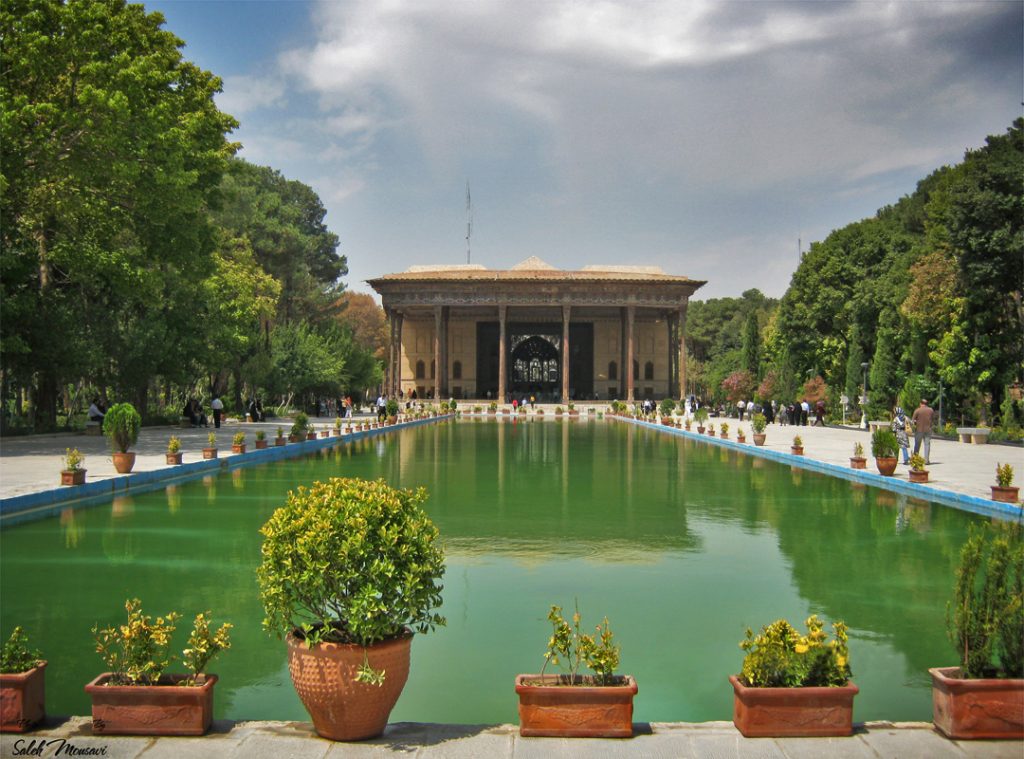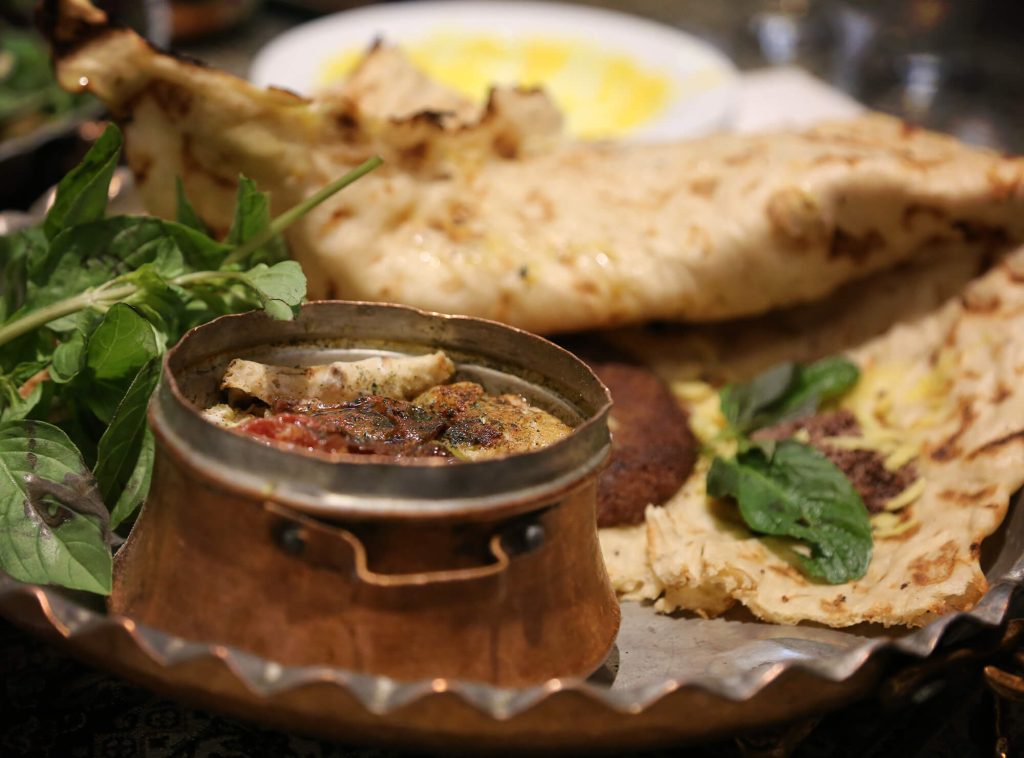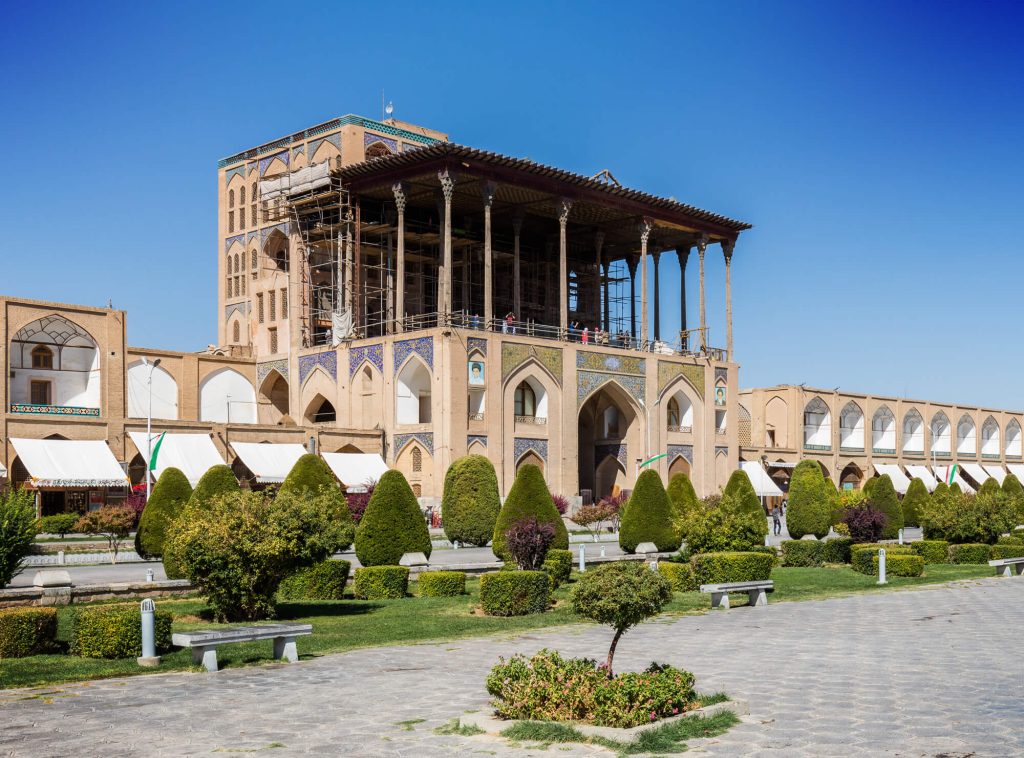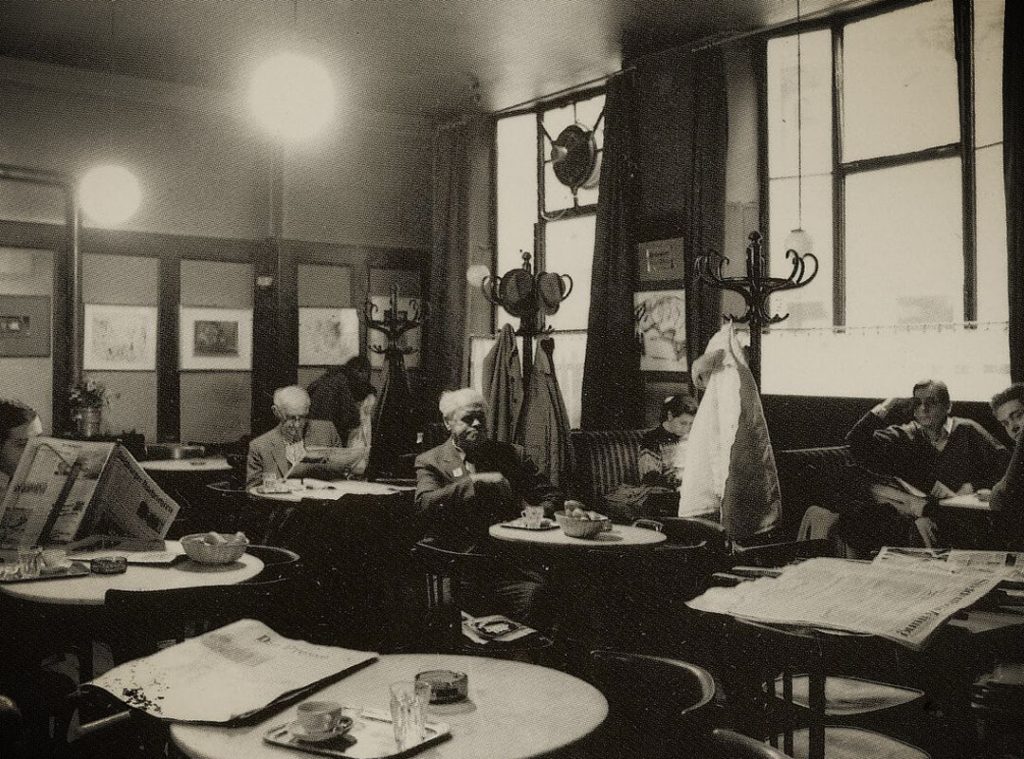Iran is a country best-known for its rich cultural heritage and architectural marvels. Among the many magnificent landmarks, the Chehel Sotoun stands out as a testament to Iran’s glorious past. set in Isfahan, the bosom of Iran, the Chehel Sotoun is a palace complex that showcases stunning Persian architecture and design. In this article, we delve into the captivating history, architectural features, and cultural significance of the Chehel Sotoun. Learn more at Hey Persia.
A Glimpse into History in Chehel Sotoun
The Chehel Sotoun, meaning “Forty Columns” in Persian, was built during the Safavid dynasty in the 17th century. The palace complex served as a formal and amusement venue for Shah Abbas II, one of the spectacular rulers of the Safavid Empire. Its construction was aimed at impressing foreign dignitaries and showcasing the power and grandeur of the Persian Empire.
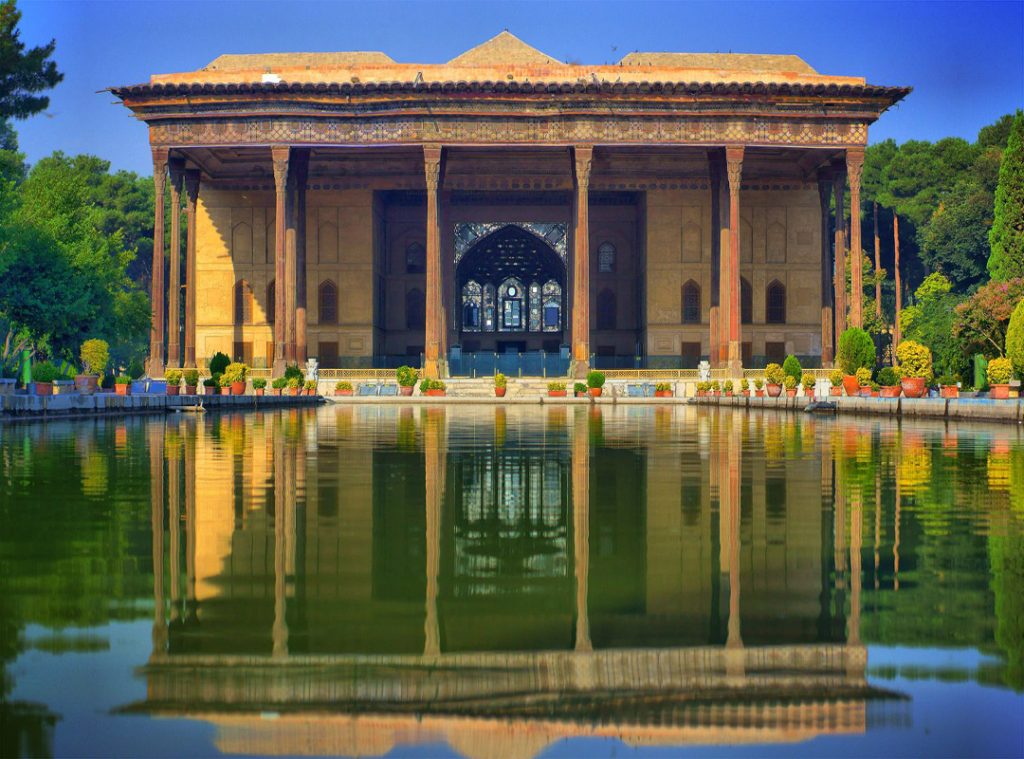
Architectural Marvels
At the heart of the this property lies its grand terrace, a remarkable architectural feature that mesmerizes visitors. The terrace, supported by twenty slender wooden columns, reflects in a large reflecting pool, creating a exciting illusion of forty columns. The architectural symmetry and reflection symbolize harmony and perfection in Persian art and design.
Magnificent Frescoes
The palace walls are adorned with exquisite frescoes, depicting historical and mythological scenes. These vibrant paintings, known as “Miniature paintings,” showcase the artistic prowess of Persian craftsmen. The frescoes depict scenes of royal receptions, battles, and legendary tales, transporting visitors back in time to the glory days of the Safavid dynasty.
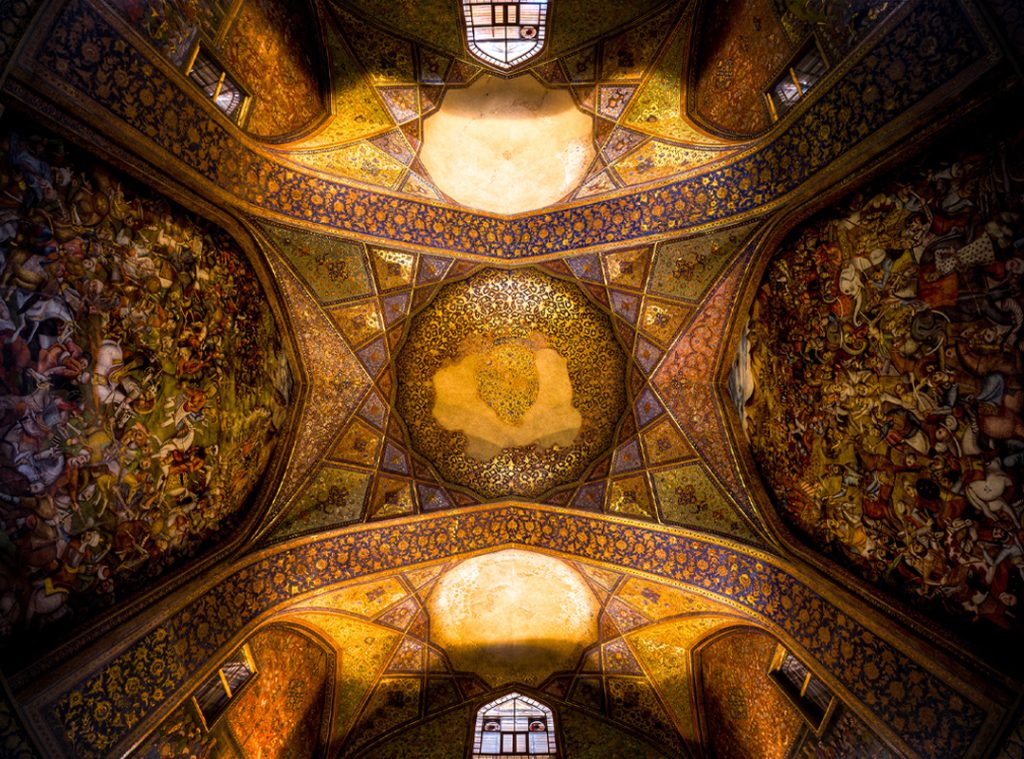
Ornate Ceilings and Mirror Work
Another awe-inspiring feature of this atraction is its intricately ceilings and mirror work. The ceilings are adorned with intricate geometric patterns, floral motifs, and calligraphy, all meticulously crafted by skilled artisans. The clever use of mirrors amplifies the beauty and creates an illusion of a larger space, adding to the grandeur of the palace.
Cultural Significance of Chehel Sotoun
Accordingly, The Chehel Sotoun holds immense cultural significance in Iran. It serves as a window into the rich heritage and artistic excellence of the Safavid era. The palace complex was not only a center for entertainment but also a venue for important diplomatic meetings and ceremonies. On the other hand, The gardens surrounding the palace were functional for public gatherings and celebrations, showcasing the Persian love for nature and aesthetics.
Visiting the Chehel Sotoun
For those planning a visit to Iran, exploring the the area of this place is an absolute must. The palace complex is open to the public, allowing visitors to immerse themselves in the grandeur of Persian architecture. As you stroll through the gardens, admire the magnificent frescoes, and marvel at the grand terrace, you’ll feel a deep connection to Iran’s rich history.
Final words
The Chehel Sotoun in Iran is a true architectural chef-d’oeuvre. It offers a glimpse into the opulence and grandeur of the Safavid dynasty. With its stunning design, magnificent frescoes, and cultural significance, it continues to captivate visitors from around the world. A visit to the Chehel Sotoun is not only a trip through history but also an chance to appreciate the remarkable artistic achievements of Persian culture.

